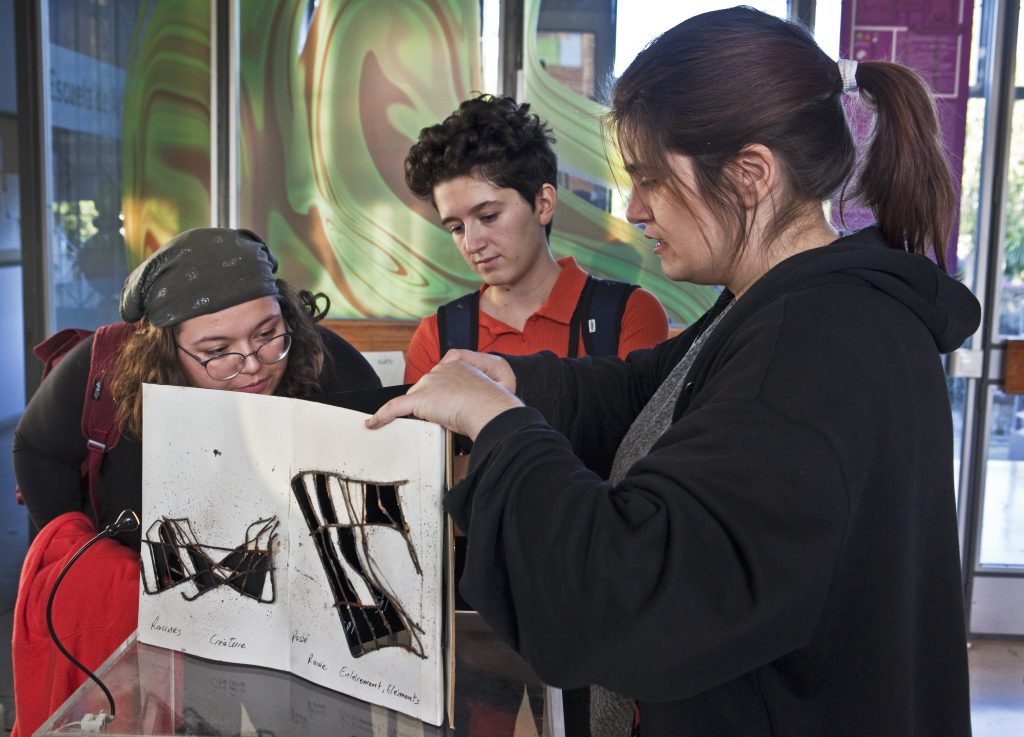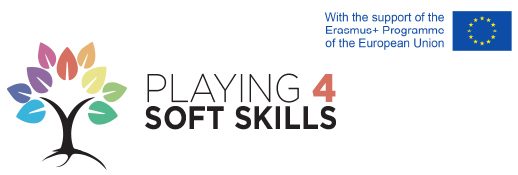
To introduce the concept of creativity we use the definition of one of the master guides of our work:
Bruno Munari.
The artist defines creativity as “everything that was not there before but is achievable in an essential and global way”.
In his opinion creativity is the faculty that allows you to put together imagination and invention and make targeted use of it. It is that competence used for example in design laboratories, where designing is the activity that “includes all aspects of a problem, not only the image such as imagination and fantasy, not only the function as invention, but also the psychological, social, economic, human aspect.”
While preserving the freedom of imagination and the accuracy of invention, creativity allows us to create new relationships between what we know, it is an unprecedented discovery fueled by knowledge and aimed at finding a more or less practical solution.
Creativity is at the heart of the studies of Ken Robinson, a world-renowned guru in the field of education.
In his book “Creative School” Robinson criticizes formal education, too focused on standardization and uncreative, given that the governments of many countries between Asia and the West today indicate precise guidelines to the school, homogenizing teaching in a kind of national program based on the idea of distinct subjects and organized in the following hierarchy: “at the top there are bed-writing , mathematics, […] the technical-scientific disciplines. Humanities follow […]. Much importance is attached to school study and […] less value to practical disciplines, such as arts education, theatre, dance, music, design and physical education, and to “soft disciplines”, such as communication and media education, all considered non-scholastic.”
As a result, in some countries the resources allocated to these skills considered “non-essential” have been decimated, clearly favouring the direct teaching of informations, skills and working with the whole class, rather than in small groups, and showing scepticism towards creativity, personal expression, non-verbal and non-mathematical working methods, learning to discover and play, even in kindergarten!
The need for a revolution in the field of education emerges, which welcomes and puts into practice in the school a new teaching, capable of alternating more structured moments with laboratory activities, where the relationship with the teacher becomes an facility for the discovery of new solutions, thanks to the active comparison with the group and with the world.
A not-so-new approach, which has its roots in the pedagogical activism of Dewey and Freinet “who have highlighted the importance of personal discovery and laboratory approach in the production of knowledge” as Monica Guerra writes in “Intelligent Subjects”.
A contemporary challenge for the school.

Bibliography:
Robinson, Ken. Scuola creativa (Italian Edition), 2017, Edizioni Centro Studi Erickson
Munari, Bruno, Fantasia, 2008, Editori Laterza;
Materiali intelligenti, curated by Monica Guerra, 2017, junior edizioni.
